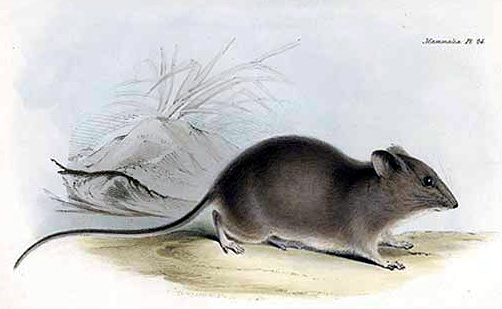
I figured it has been too long since we took a trip to one of the most interesting (and influential) places on this planet. So today, we are taking a trip back to the famous Galapagos Islands where we will learn about the Galapagos Rice Rat. Like most other animals on this island, this particular animal is also known as Darwin’s Rice Rat. You discover evolution and natural selection (okay, so he wasn’t the first but that is a story for another day) and all of a sudden every animal on an island is named after you. I really need to make a huge scientific discovery so I can get my name in lights.
The Galapagos Rice Rat is a small, brown rat that is endemic to the famed Galapagos Archipelago. As such they naturally live in tropical, dry shrub land. Now whether they enjoy living in this type of habitat, I don’t know, but they don’t have much choice since this is pretty much the habitat that dominates the Galapagos Islands they reside on. If you spot some of these rats on your next trip to the Island, you should be able to tell whether it is a male or a female rather easily. These rats do display sexual dimorphism (differences in males and females) with the males being heavier (up to 74 g or 2.6 oz) and longer (up to 118 mm or 4.6″). Basically, if they are long and heavy (for a Rice Rat) then you are probably looking at a male.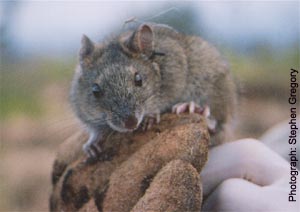
Typically, the Galapagos Rice Rat is nocturnal, coming out at night, to feed on insects, plant material and anything else it can find kicking around the island. During mating season, their habits change and they shift to a diurnal behaviour. Interestingly enough, as the season goes on, the pregnant females become quite intolerable with the males. Now this is just too easy to make a joke so I think I will leave it alone.
All right, let’s get back to the facts before I get in trouble.
The number of young that are born in any given year is highly dependant upon the amount of rainfall and food. If it is a really wet season then the Galapagos Rice Rat will typically have more young compared to the drier years. I am assuming you are going to ask why? So, my guess is there is higher food availability during the particularly wet years. This is definitely a characteristic that has evolved over time as a result of living in a harsh environment such as the Galapagos.
Okay, so that does it for another Wild Fact. Enjoy the weekend and I will see you on Monday.

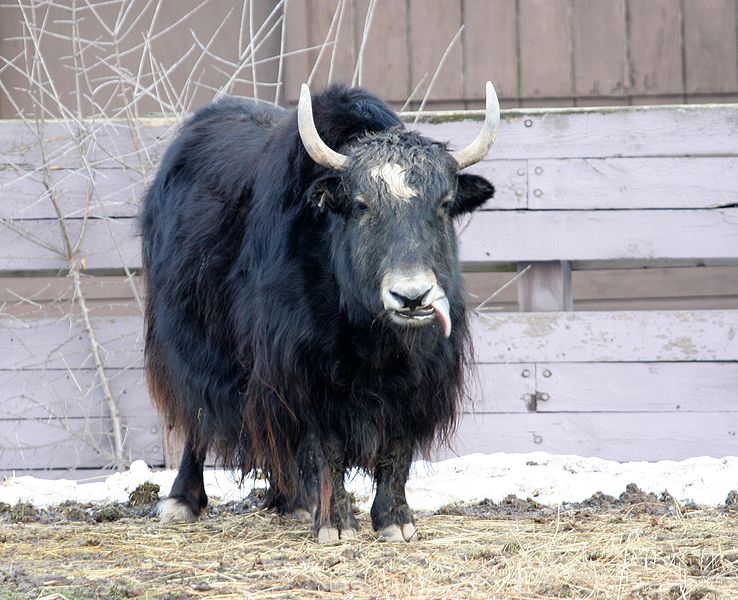
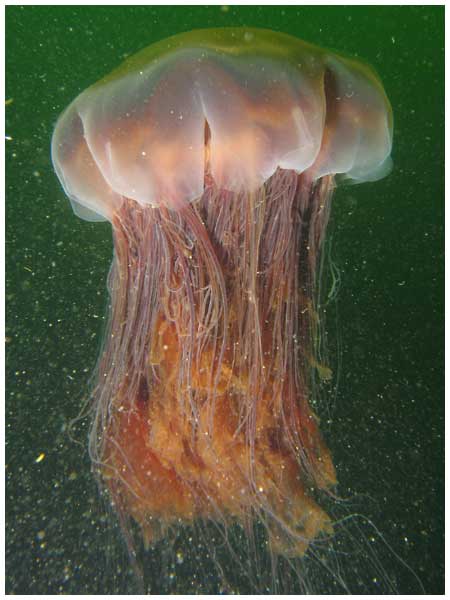
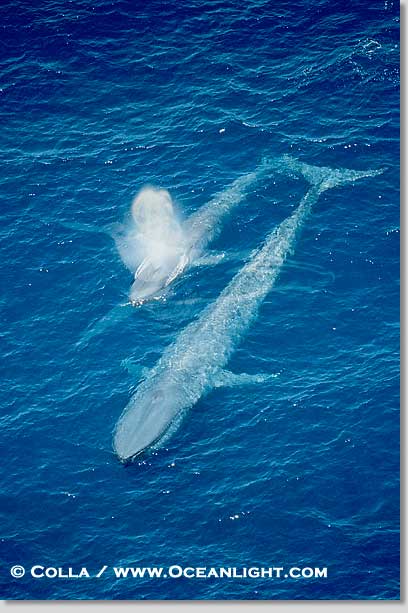

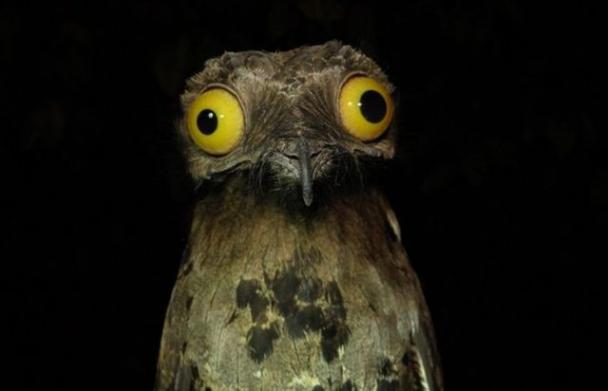
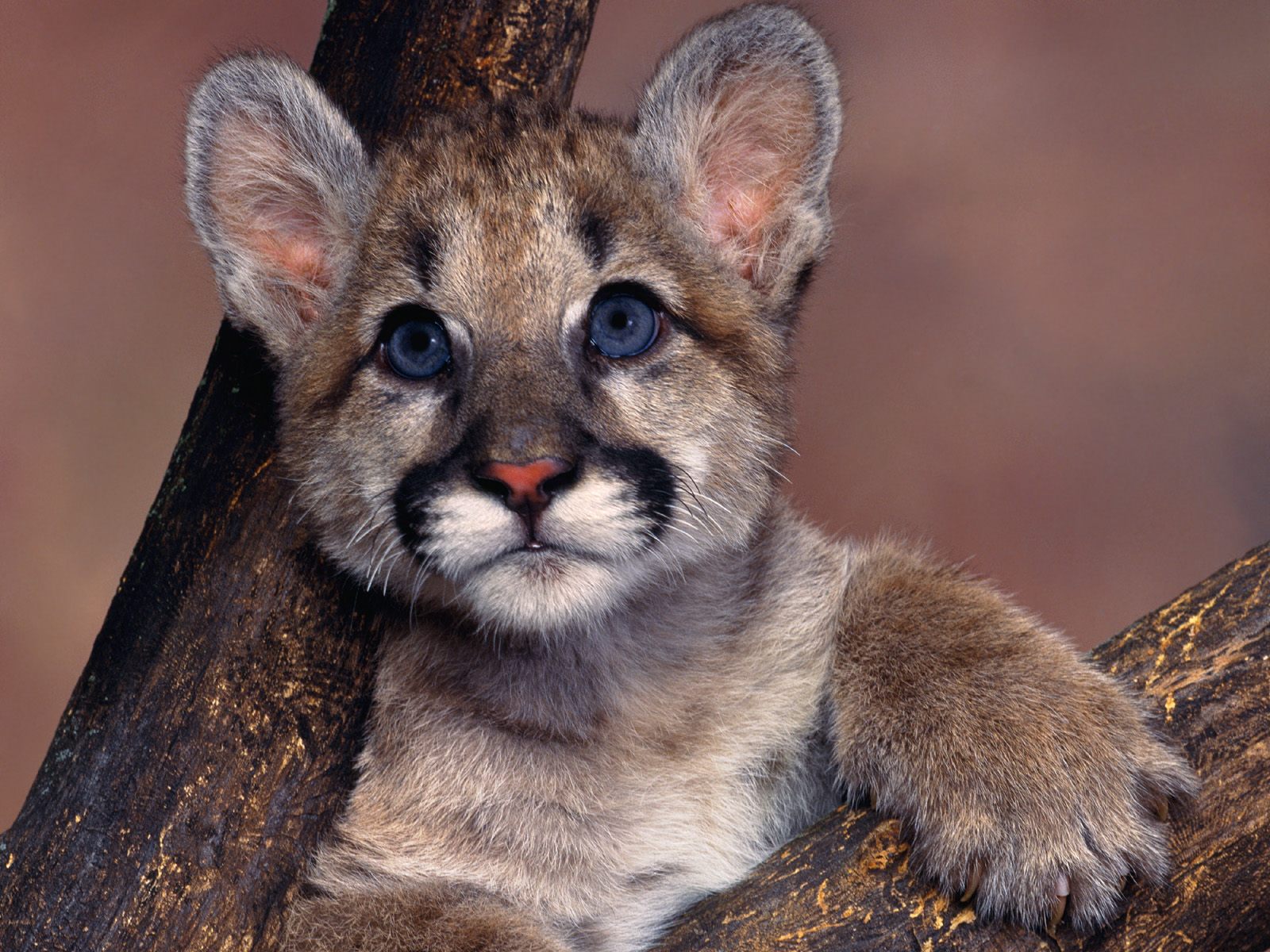
It sorta looks like a squirrel mixed with a gray mouse. It’s kinda cute actually! And Nathan, didn’t you start at 1000? Because if you did, this blog sure has come a long way! What are you going to do once you reach number 1? Just wondering! 🙂